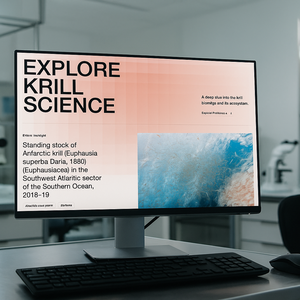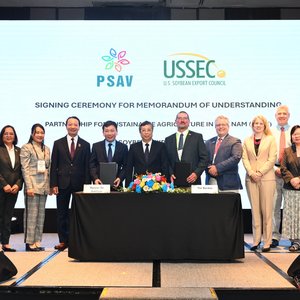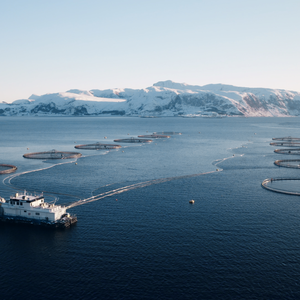An international team of researchers has sequenced nearly the entire genetic material of the sea louse. The Institute of Marine Research has given the world open access to this research source, which could enable the aquaculture industry to develop new and more effective medicines to combat this plague.
The collaborative effort marks the first time that scientists have sequenced the genome of a species in the copepod class, one of the most important zoological groups in the marine food chain.
Secrets within the genome
A genome consists of long strands made up of four different building blocks (known as nucleotides) which contain an organism’s genetic information. Coded into the organism’s DNA, this information controls the development and characteristics of the organism. Genomic sequencing reveals the exact order of the genetic building blocks and can identify areas that govern various traits.
“We knew beforehand that the sea louse genome consisted of roughly 600 million pairs of nucleotides. We are certain we have now sequenced well over 90 per cent of its genome,” says Rasmus Skern-Mauritzen of the Institute of Marine Research. He is project manager of the Salmon Louse Genome Project, which is an integrated part of the PrevenT knowledge platform and thus is a key component of the Research Council of Norway’s coordinated efforts against sea lice.
Finding chinks in the armour
Before sequencing the genome, the scientists first reduced its genetic variation by inbreeding sea lice for 27 to 30 generations. They applied three different technologies in order to sequence as much of the genome as possible.
“We now have a nearly complete overview of the sea louse genome,” the project manager says with satisfaction. “This gives us a tool for carrying out far more effective molecular biology research. At the same time, it allows us to compare the sea louse with other organisms and discover its distinctive characteristics.
International collaboration
The newly sequenced genome is considered a valuable source not only for basic research but also for the pharmaceutical industry, which can use it in developing medicines for the aquaculture industry. In the first two weeks after the sea louse genome was made available, more than 20 researchers contacted Dr. Skern-Mauritzen to access the research material.
“So far the requests have come exclusively from research institutions, but some of these cooperate very closely with industry.”
The Salmon Louse Genome Project
• The project is an integrated part of the Research Council knowledge platform PrevenT.
• Project collaborators include the Institute of Marine Research, the University of Bergen, the Sea Lice Research Centre (a Centre for Research-based Innovation), Uni Research, the Max Planck Institute (Germany), the University of Victoria (Canada) and the European Bioinformatics Institute (UK).
• Funding: The project receives funding from the Sea Lice Research Centre, the Institute of Marine Research, the Norwegian Seafood Research Fund (FHF) and Marine Harvest ASA










